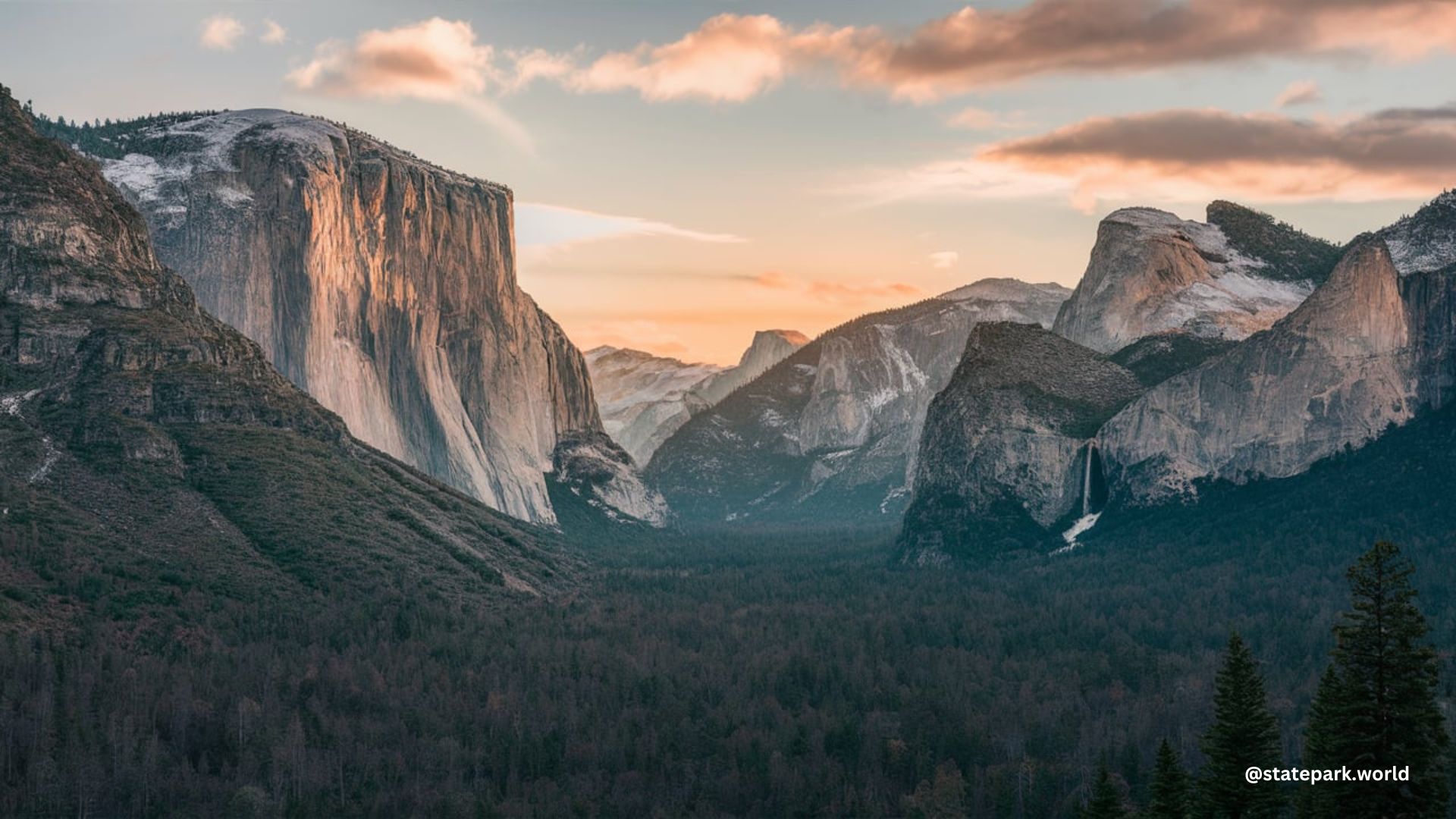Yosemite National Park transforms into a winter wonderland during the colder months, offering a unique and exhilarating camping experience for outdoor enthusiasts. From snow-covered landscapes to serene wilderness trails, Yosemite’s winter camping provides a chance to explore the park in a whole new light.
Winter Wilderness Camping in Yosemite
Winter wilderness camping in Yosemite typically involves snow camping and travel by skis or snowshoes from December through April. The marked winter trails around the Badger Pass Ski Area (elevation 7,200 feet) and Crane Flat (6,200 feet) are popular destinations, where roads are maintained, and trails range from less than one mile to over 20 miles round-trip.
For overnight wilderness users, a free wilderness permit is required at the Badger Pass Ranger Station, and vehicles must be left in the designated overnight parking area. The road to Badger Pass typically closes in late March or very early April each year. Another popular trip for more advanced skiers and snowshoers is the Snow Creek Trail, which requires intermediate ski skills and winter survival competency.
Winter Trailhead Quotas

Yosemite has winter trailhead quotas for specific routes, such as Dewey Point (#18/Meadow route) with a 25-person limit. Ostrander Ski Hut, a two-story stone structure built in 1941, is available for cross-country skiers, offering very basic overnight accommodations and cooking facilities for 25 people.
Campgrounds
During the winter, four campgrounds remain open in Yosemite: Upper Pines (Yosemite Valley), Camp 4 (Yosemite Valley), Hodgdon Meadow (45 minutes northwest of Yosemite Valley), and Wawona (45 minutes south of Yosemite Valley). Numerous lodging areas also remain open throughout the winter.
Hiking and Backpacking
Hiking and backpacking in Yosemite during the winter depend on recent weather conditions. Trails may be snowy and icy, requiring winter traction devices and proper clothing. Winter camping requires extra preparation and caution due to the increased consequences of an unplanned night out.
Safety
Winter conditions in Yosemite can be severe, with average high temperatures in Yosemite Valley around 50°F. It is essential to be prepared for winter camping by keeping an eye on the weather, informing someone of your plans, and following safety guidelines provided by the park.
Yosemite National Park’s winter camping offers a unique and thrilling experience for state park touring enthusiasts. With proper preparation, equipment, and adherence to park guidelines, winter camping in Yosemite can be a safe and unforgettable adventure.
References:
– Yosemite National Park – Winter Wilderness
– Yosemite National Park – Winter FAQs
– Sights Better Seen – Winter Camping in Yosemite
